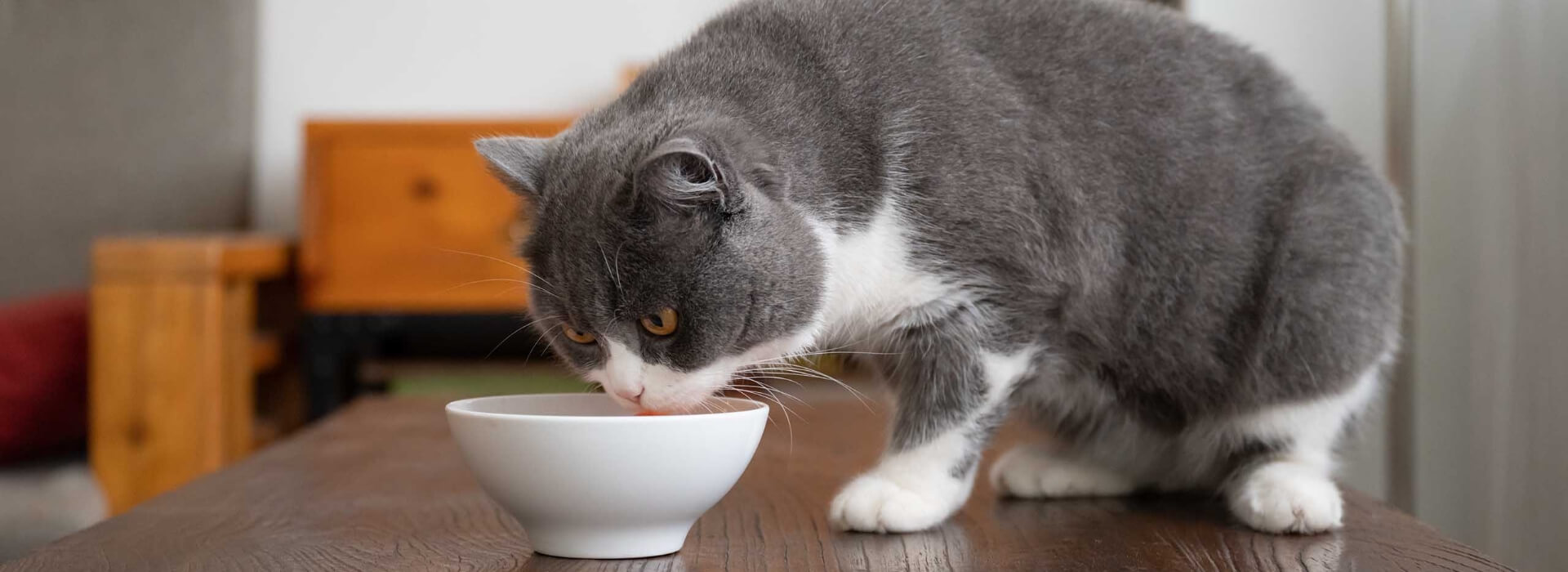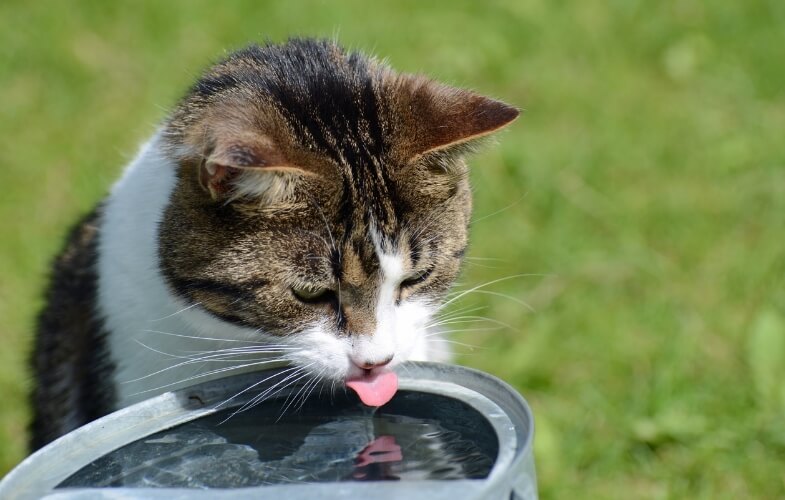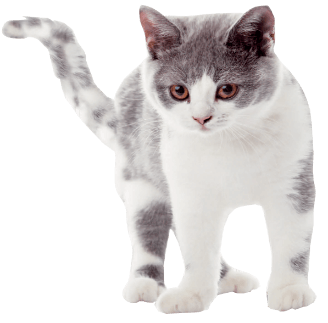 Animal Based Saturated Fat
Animal Based Saturated Fat
Moderate amounts needed.
Provides amino acids and essential fatty acids.
Source of energy.

Cat Nutrition & Health

Gourmet Delight
Cats are carnivores, in the wild their natural diet consists of prey animals. Below is a composition of their diet and the essential nutrients they need to thrive.

 Animal Based Saturated Fat
Animal Based Saturated FatModerate amounts needed.
Provides amino acids and essential fatty acids.
Source of energy.
 Animal Protein
Animal ProteinLarge amounts required.
Real meat & fish.
Cats use protein and fat for energy.
Provides a complete amino acid profile.
 Carbohydrates
CarbohydratesLittle, if any required.
Mainly needed for fibre.
Good quality whole grains are best.
Cannot be properly metabolised.
High carb diets may cause serious health issues.
 Water
WaterLarge amounts required.
Considered one of the most vital nutrients.
Domestic cats don’t drink enough.
Lack of water exacerbates common medial problems.
Many vets recommend WET cat food.

Know Your ingredients
Many cat food brands fill their cat food products with nasty cereal fillers and cheap grains rather than healthy natural ingredients. Your cat may love to eat these products but are they the best choice for your loved one?

Cats are obligate carnivores, which means they need only animal protein for energy. It’s why you see them hunting mice and birds, not corn or wheat. The fact is, cats don’t have the enzymes to properly metabolise carbohydrates, but most cat foods contain cheap by-products such as corn starch, wheat mill run, oat hulls, cotton seed hulls and even weeds.
If fed a high carb diet, your cat can lose body muscle and gain fat. Even worse, high carb diets have been implicated in rising blood glucose, contributing to diabetes, inflammatory bowel disease and fatty liver disease (hepatic lipidosis).

Unfortunately, chemical preservatives, poorly monitored vitamin and mineral supplements, and other artificial additives are the norm in most pet foods. While some pet food companies have decided to use less harmful preservatives or natural preservatives, most pet food companies don’t find them to be cost effective.
Gourmet Delight
A cat’s size has a big impact on its dietary needs.
We have created a feeding calculator that corresponds to Gourmet Delight’s nutrition standards. These are feeding guides only and each pet needs to be fed according to their activity level and specific needs, always seek advice from your veterinarian if in doubt.
Emma Mason, Elizabeth Vale, S.A
Cats are strict carnivores, they need to eat animal based proteins, just like cats in the wild. Cats don’t have the enzymes to digest carbohydrates, and they use protein & fat for energy. My recommendation is to feed your cat 2-3 cans of wet food a day and limit dry food to very small quantities if necessary.
Danielle Salmon, The Ponds, NSW
There are a lot of hidden nasties in cat food that are bad for cats. Look at the ingredients on the label and avoid cereal fillers. Look for a wet food that is high in real fish & meat, as cats are strict carnivores and need these nutrients. On the label ingredients are listed in terms of largest to least, look for fish or meat as the first or second ingredient.
Wendy Smith, Hornsby, NSW
As cats evolved from the desert they naturally have a low thirst drive as they obtain the water they need from the prey they eat in the wild. The best way to give your cat the moisture it needs is by feeding them a wet food daily. The benefits of wet cat food is that it’s higher in animal protein and water & closer to the natural diet of wild cats. The higher moisture content also helps to avoid chronic diabetes, kidney and urinary tract problems.
Nicola Parsons, Melbourne, Vic
When choosing a cat food for your cat, always read the ingredients section of the label, the ingredients are listed in order of largest constituent of that cat food to least constituent. Look for cat foods that have meat or fish as first ingredient and try to avoid grains and cereal fillers. We know that cats do not digest carbohydrates well, so why would there be cereal and cereal by-products in a wet product?